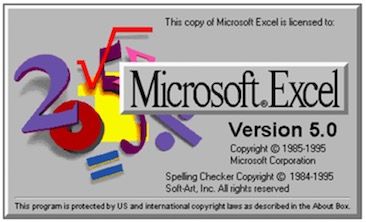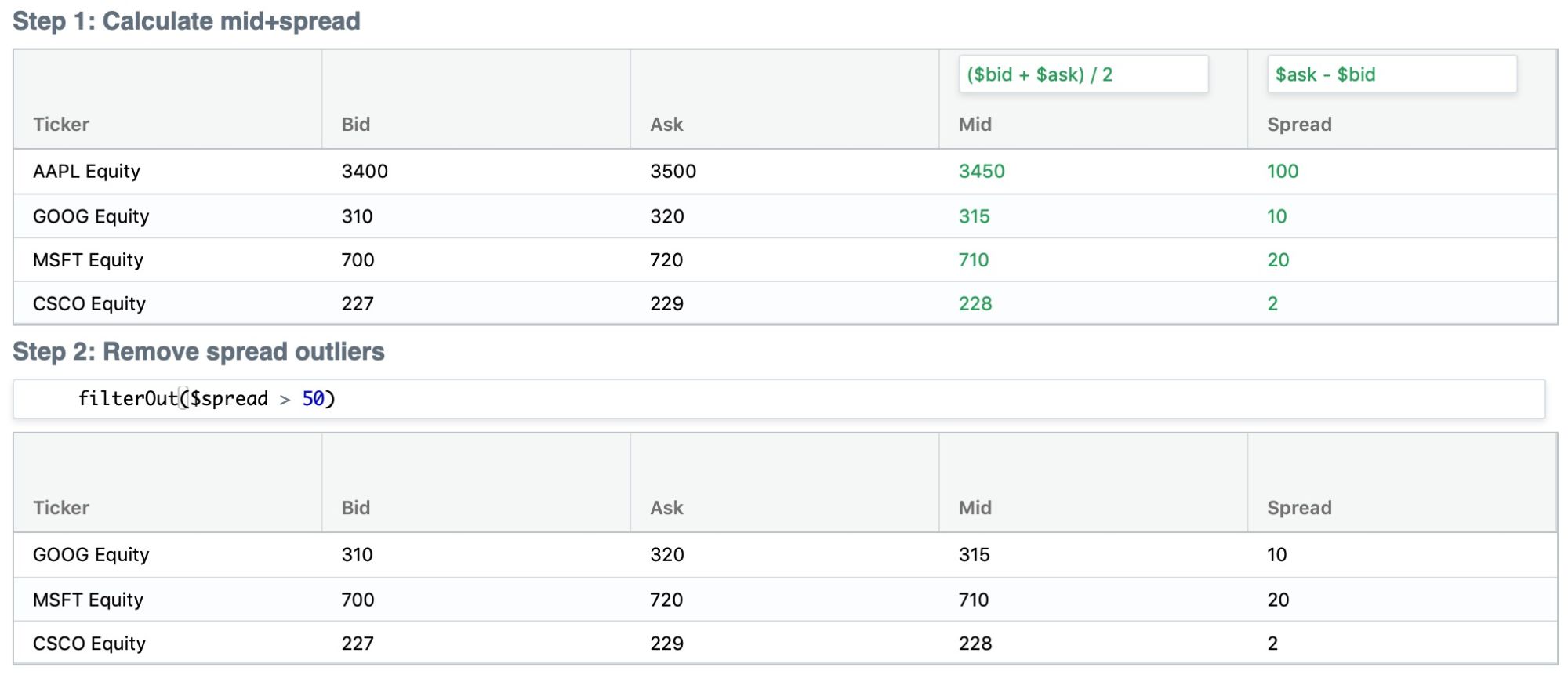I’m a big fan of Pulumi, and I’ve previously used it for cloud infrastructure. That’s their main selling point; Pulumi’s slogan is literally “Program the cloud.” Interestingly, Pulumi can also be used to manage on-premise infrastructure, including PostgreSQL databases. Let’s dive into the details.
Pulumi basics
Pulumi takes a declarative infrastructure definition and handles provisioning said infrastructure, just like Terraform, AWS CloudFormation, and Azure Resource Manager. The main difference is that in Pulumi you’re writing real code (Node, Python, or Go) to build that infrastructure definition instead of a YAML or JSON file, it’s great.
Pulumi/Terraform PostgreSQL Provider
After Pulumi has executed your code to build up an infrastructure definition, it needs to interact with external infrastructure resources (cloud providers, databases, etc.) to turn that definition into a reality. Some of Pulumi’s functionality for working with external resources is derived from Terraform providers. For example, Pulumi has a PostgreSQL provider which is derived from the Terraform PostgreSQL provider.
At a high level, the PostgreSQL provider lets you define databases, roles, schemas, permissions, and PostgreSQL extensions. It stops short of letting you manage DDL objects and data within the database (which is probably for the best given the complexities of schema+data migrations).
Defining a Postgres database with TypeScript
Pulumi can be used to instantiate entire Postgres clusters, but for this tutorial let’s assume you already have an existing cluster managed outside of Pulumi. It can be running anywhere: in the cloud, in a container, on your local machine, whatever.
First, install Pulumi then instantiate a new TypeScript project with pulumi new typescript. This scaffolds a bare-bones Node+TypeScript Pulumi project with the following files:
index.ts package-lock.json tsconfig.json
Pulumi.yaml node_modules package.json
Install the Pulumi PostgreSQL provider with npm i @pulumi/postgresql (or just edit your package.json directly).
Next, we need to tell Pulumi which Postgres cluster to connect to and how. The PostgreSQL provider’s configuration points are documented here. My Postgres cluster is running on a local VM with the hostname fedora-vm, so I set the postgresql:host variable like so:
pulumi config set postgresql:host fedora-vm
This creates a YAML configuration file for the current Pulumi stack, or modifies one if it already exists. For my dev stack, this creates a file named Pulumi.dev.yaml with the following contents:
config:
postgresql:host: fedora-vm
You’ll want to do the same for postgresql:username and postgresql:password, to tell Pulumi which credentials to use. Sensitive configuration values like passwords can be encrypted using the --secret flag.
Finally, we’re ready to work with the fun stuff: configuring a database in real TypeScript code. Let’s say we want to instantiate a Pulumi-managed database, create a role with login permissions, and grant the role SELECT permission on tables in the public schema in the new database. This can all be done in the index.ts file like so:
import * as pulumi from "@pulumi/pulumi";
import * as postgresql from "@pulumi/postgresql";
const config = new pulumi.Config();
const managedDatabase = new postgresql.Database("managedDatabase", {
name: "pulumi"
});
const publicReaderRole = new postgresql.Role("publicReaderRole", {
login: true,
name: "public_reader",
password: config.require("publicReaderPassword")
});
const publicReaderSelectTablesGrant = new postgresql.Grant(
"publicReaderSelectTablesGrant",
{
database: managedDatabase.name,
objectType: "table",
privileges: ["SELECT"],
role: publicReaderRole.name,
schema: "public"
}
);





